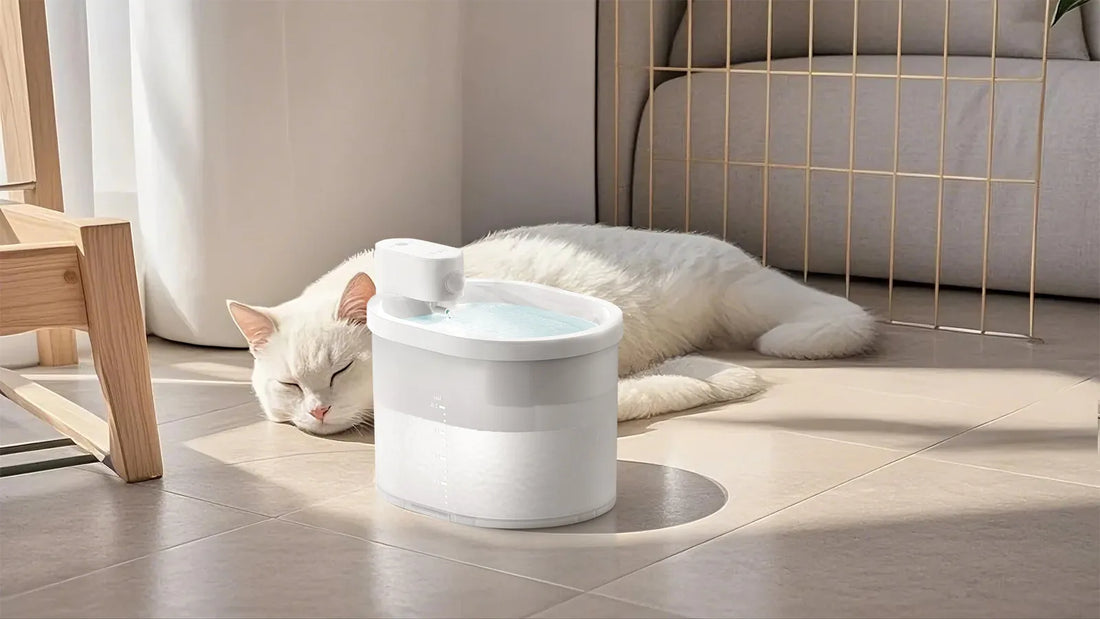Walking your dog is one of the most enjoyable activities you can share with your furry friend. However, timing is crucial, especially when it comes to walking your dog after eating. Many pet owners wonder, how long should I wait to walk my dog after eating? The answer isn't as straightforward as you might think, and it depends on several factors, including your dog's size, breed, and overall health.
Why Timing Matters
Walking your dog immediately after a meal can lead to serious health issues. One of the most common risks is bloat, a life-threatening condition that can affect dogs, particularly larger breeds. Bloat occurs when the stomach fills with gas and twists, cutting off blood flow. This condition requires immediate veterinary attention and can be fatal if not treated promptly.
Another concern is digestive discomfort. Just like humans, dogs need time to digest their food properly. Walking too soon after eating can cause stomach upset, vomiting, or diarrhea. To avoid these issues, it's essential to wait for the right amount of time before taking your dog for a walk.
Factors to Consider
Several factors influence how long you should wait to walk your dog after eating. These include:
- Size and Breed: Larger breeds and deep-chested dogs, such as Great Danes or German Shepherds, are more prone to bloat and may need more time to digest their food.
- Age: Puppies and senior dogs may have slower digestion and require extra time before physical activity.
- Meal Size: A large meal will take longer to digest than a small snack. Adjust the waiting time accordingly.
- Activity Level: Highly active dogs may need more time to rest after eating to avoid digestive issues.
General Guidelines
While the exact waiting time varies depending on the factors mentioned above, a general rule of thumb is to wait at least 30 minutes to 1 hour after a small meal or snack before walking your dog. For larger meals, it's best to wait 1 to 2 hours. This allows your dog's body to begin the digestion process and reduces the risk of bloat or discomfort.
If you're unsure about the appropriate waiting time for your dog, consult your veterinarian. They can provide personalized recommendations based on your dog's specific needs and health conditions.
Signs Your Dog Isn't Ready for a Walk
Even if you've waited the recommended amount of time, it's essential to observe your dog for signs that they're not ready for a walk. These signs include:
- Restlessness: If your dog seems anxious or uncomfortable, they may still be digesting their food.
- Lethargy: A tired or sluggish dog may need more time to rest after eating.
- Bloated Stomach: A visibly swollen or hard stomach is a warning sign of bloat and requires immediate attention.
- Vomiting or Diarrhea: If your dog shows signs of digestive distress, avoid physical activity and consult your vet.
Tips for Safe Post-Meal Walks
To ensure your dog stays healthy and comfortable, follow these tips when planning a walk after meals:
- Stick to a Routine: Feed your dog at the same times each day and schedule walks accordingly. This helps regulate their digestion and reduces the risk of issues.
- Choose the Right Pace: Avoid vigorous exercise immediately after eating. Opt for a leisurely walk instead.
- Monitor the Weather: Hot or humid conditions can exacerbate digestive issues. Walk your dog during cooler parts of the day.
- Provide Fresh Water: Keep your dog hydrated before and after walks to support digestion.
Common Myths Debunked
There are several myths surrounding walking dogs after eating. Let's debunk a few of the most common ones:
- Myth 1: All dogs can walk immediately after eating. This is false. Dogs, like humans, need time to digest their food properly.
- Myth 2: Small meals don't require a waiting period. Even small snacks can cause discomfort if your dog is active too soon.
- Myth 3: Bloat only affects large breeds. While larger dogs are more prone to bloat, it can occur in dogs of any size.
The Importance of Regular Exercise
While it's crucial to wait before walking your dog after eating, regular exercise is essential for their overall health. Physical activity helps maintain a healthy weight, improves cardiovascular health, and reduces behavioral issues. Make sure to balance meal times and exercise to keep your dog happy and healthy.
If you're unsure how to create a balanced routine, consult your veterinarian or a professional dog trainer. They can help you develop a plan that meets your dog's needs and ensures their well-being.
Walking your dog after eating requires careful timing and attention to their needs. By following the guidelines and tips outlined in this article, you can ensure your furry friend stays healthy and comfortable. Remember, every dog is unique, so always prioritize their individual needs and consult your vet if you have any concerns. Your dog's health and happiness are worth the extra effort!













